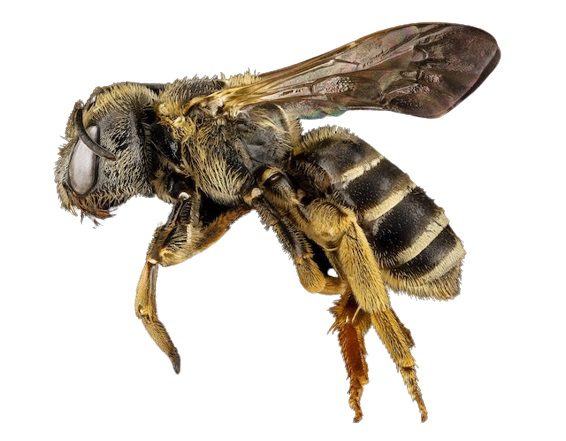Bees Keeping in Kenya is one of the most profitable agriculture business opportunities. It is most suitable in the arid and semi-arid areas (ASAL) such as Baringo, Kitui and Samburu counties.
Successful beekeepers make money by harvesting and selling various food and medicinal products such as honey, bee wax, propolis, royal jerry and bee venom. Besides, bee keeping enhances food production and improves biodiversity by crop pollination.
Understanding the Honey bees
Honey bees are four winged social insects that live in colonies. One colony can have 10,000 to 60,000 bees. In a colony you will find three classes of bees;
- Queen; Fertile female for laying eggs
- Drones; Male bees
- Workers; sterile female bees
Which are the best honey bees to keep in Kenya?
To succeed in beekeeping, you need to ensure proper breed selection for maximum yields and profits. In addition, keeping the best bees breeds in your apiary will ensure that you have the cheapest costs possible.
You can rear the two breeds of bees that are available in Kenya; the honey bees and the stingless bees. Depending on your location, you can consider one of the four honey bee races summarized on the table below.
| Honey Bee Types | Honey Production | Migration Behavior |
|---|---|---|
| A.M. Yementica | Average & seasonal | Excessive migration during droughts. |
| A.M. Scutella | Most Productive | Aggressive and highly migratory |
| A.M. Littorea | Quite Productive | Less Migratory than the A.M Scutella. |
| A.M. Monticolor | Less Productive | May not migrate during forage decline |
| Stingless bees | 1-2 liters every 3 months | Minute populations |
1. Apis Mellifera Yemenitca
The Yementica bee race is the smallest in Africa. Its abdomen is slender and its abdominal yellow band is the largest.
This bee race is best for bee keepers in desert areas of northern Kenya and South Sudan.
2. Apis Mellifera Scutella
The scutella African bee is slender with two yellow bands on its abdomen. This bee type has the shortest wings and tongue.
The bee race is common on the central region of Kenya in the Savannah grasslands and plains.
3. Apis Mellifera Littorea
The Littorea Africa bee is one of the smallest types. Its stripped, slender and has a relatively longer tongue than Yementica race.
The A.M is best if you are a bee keeper in Kenyan coast or low lands.
4. Apis Mellifera Monticolor
The Monticolor is the largest bee race in Africa. It has a very broad abdomen. Unlike other bee races, the monticolor is very gentle. Besides, its dark without any bright yellow bands.
Since it is a mountain bee, consider to rear the Monticolor in highland areas around Mt. Kenya, Mt. Elgon, Mau and the Aberdares.
5. Stingless bees
Stingless bees in kenya or the meliponines are social insects comprising over 600 species in 56 named genera. In Africa there are known 22 species occurring in the tropical and subtropical areas.
Naturally, the stingless bees mostly inhabit underground tunnels, tree trunks and rock crevices. Commercially, you can rear them in natural log hives. They use plant resins to build their hives and pots giving their honey a distinctive bush or sour taste.
Why stingless bees are the best breed to rear on your farm?
The following are benefits of keeping stingless honey bees.
- As their name implies, stingless bees cannot sting hence less dangerous to raise than European or African honey bees.
- The stingless bees honey is sweet and highly medicinal given its anti-inflammatory, antimicrobial, anti-diabetic and anti-oxidant in vitro activity.
- Stingless bees is an effective pollinator in greenhouse farming since its small size makes it effective in penetrating flowers.
- Stingless bees honey earns more profits since its marketed as medicine in many areas.

Quite informative piece.Which are the sources of stingless bees